Finish Architectural Knowledge Base
What is Sheet Metal Fabrication?
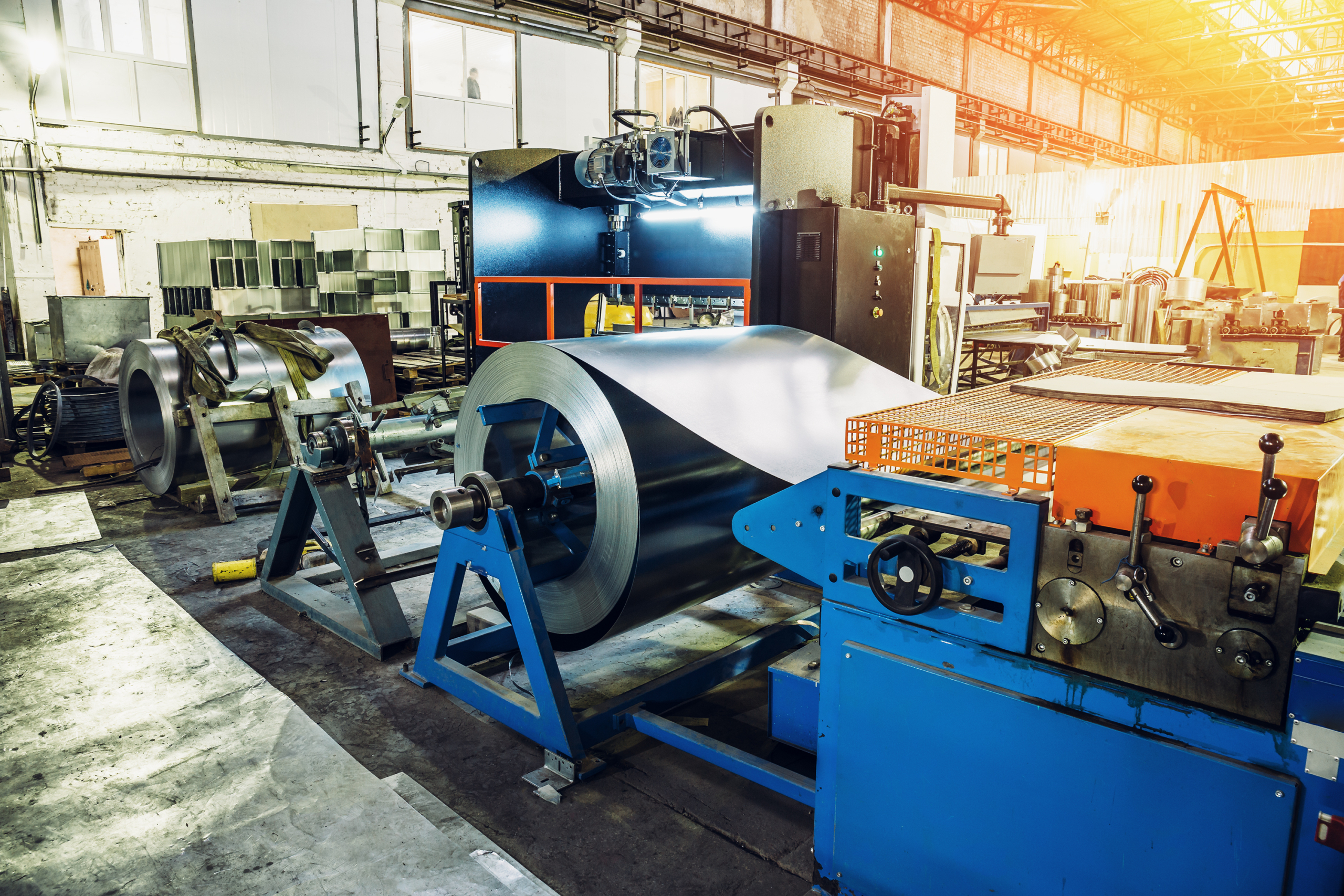
Sheet metal fabrication is a manufacturing process that involves shaping and manipulating thin sheets of metal, with a thickness up to 6mm, into various useful structures or components. This process is widely used in industries such as automotive, aerospace, construction, and electronics. The objective of sheet metal fabrication is to produce high-quality products with precise dimensions and complex geometries.
The sheet metal fabrication process typically involves several steps, including cutting, bending, welding, and finishing. Various techniques are employed to achieve the desired shape and structure, such as laser cutting, press brake forming, and spot welding.
Choosing the right materials for sheet metal fabrication plays a crucial role in determining the strength, durability, and functionality of the final product. Commonly used metals include steel, aluminium, copper, and stainless steel. Steel is known for its strength and versatility, aluminium is lightweight and corrosion-resistant, copper is used in heat and electricity transfer due to its high conductivity, and stainless steel is used for its resistance to corrosion and damage.
Sheet metal fabrication requires specialised tools and equipment to ensure accurate measurements and efficient production. Quality control measures are also implemented to verify the integrity of the fabricated components.
Sheet metal fabrication offers numerous benefits in terms of cost-effectiveness, versatility in design options, and rapid production capabilities. Understanding this process is essential for manufacturers seeking to optimise their production processes while meeting industry standards.
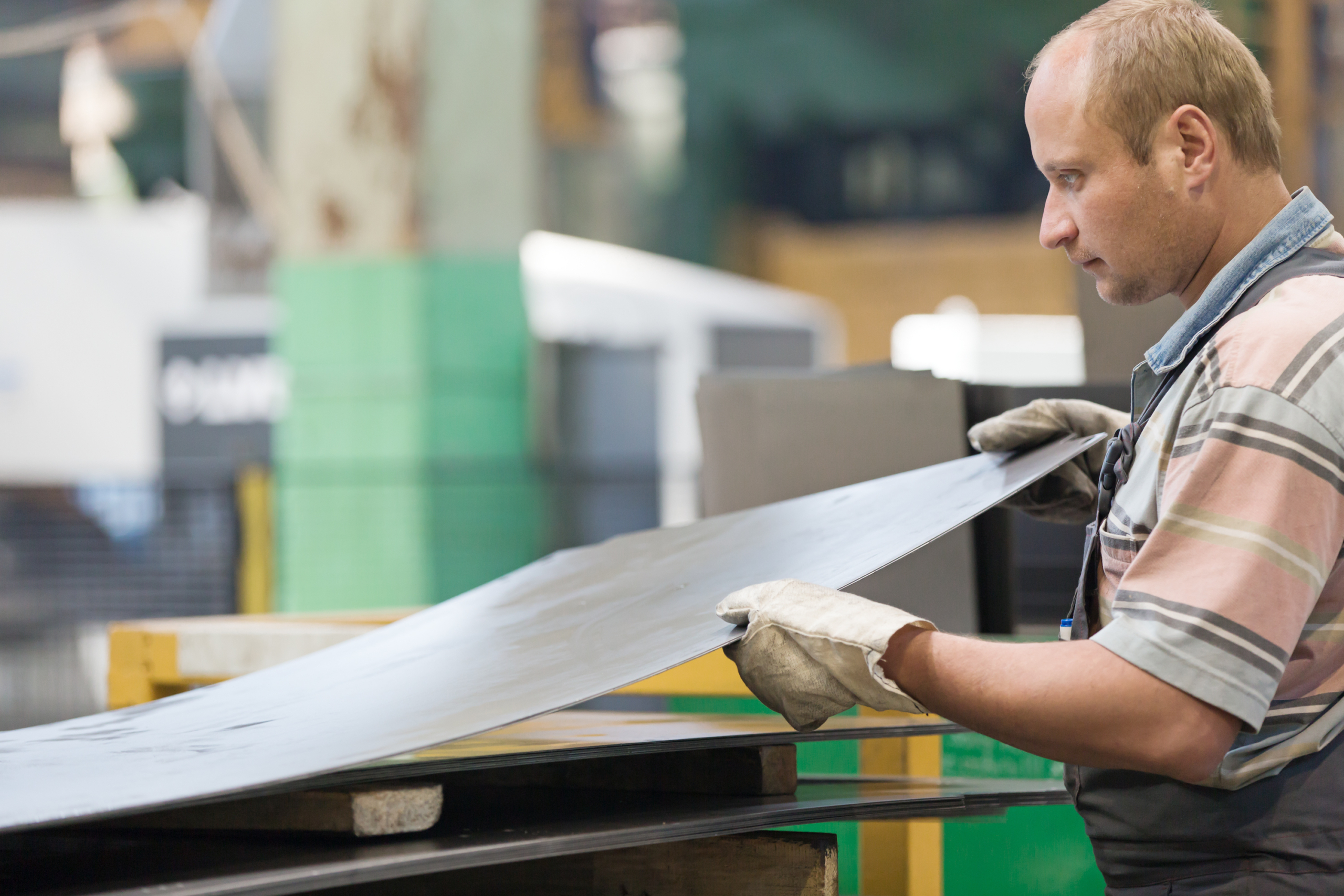
Types of Sheet Metal Fabrication
One common method of transforming thin materials into finished products is through the process of bending and shaping, known as sheet metal fabrication. Sheet metal fabrication involves various techniques to create complex shapes and structures using sheet metal. There are several types of sheet metal fabrication processes that can be utilised depending on the desired outcome.
Cutting
One type is cutting, which involves removing excess material from a larger sheet to obtain the desired shape. This can be achieved through methods such as shearing, laser cutting, or waterjet cutting.
Shearing
Shearing involves cutting straight lines in the sheet metal using a dedicated machine called a shear. It's commonly used for basic straight cuts. Laser cutting employs a high-powered laser beam to precisely cut intricate shapes and patterns into the sheet metal. It's highly accurate and suitable for complex designs. Waterjet cutting uses a high-pressure stream of water mixed with abrasive particles to cut through various metals, including thick materials and those sensitive to heat.
Another type is bending, where the sheet metal is manipulated to form angles or curves using machines such as press brakes.
Welding
Welding is another important process in sheet metal fabrication, where two pieces of metal are fused together using heat or pressure. Common welding methods include MIG (Metal Inert Gas), TIG (Tungsten Inert Gas), and spot welding.
Forming
Forming is also commonly used in sheet metal fabrication to create three-dimensional shapes from flat sheets. This includes processes like deep drawing. Deep drawing is a process that transforms a flat sheet of metal into a three-dimensional object with depth. It's often used to create items like cylindrical containers and automotive parts.
Riveting and Fastening
Additionally, assembly techniques like riveting (driving metal pins through holes in the sheets to join them) or fastening (using screw, bolts and nuts to connect pieces) may be employed to connect multiple pieces together.
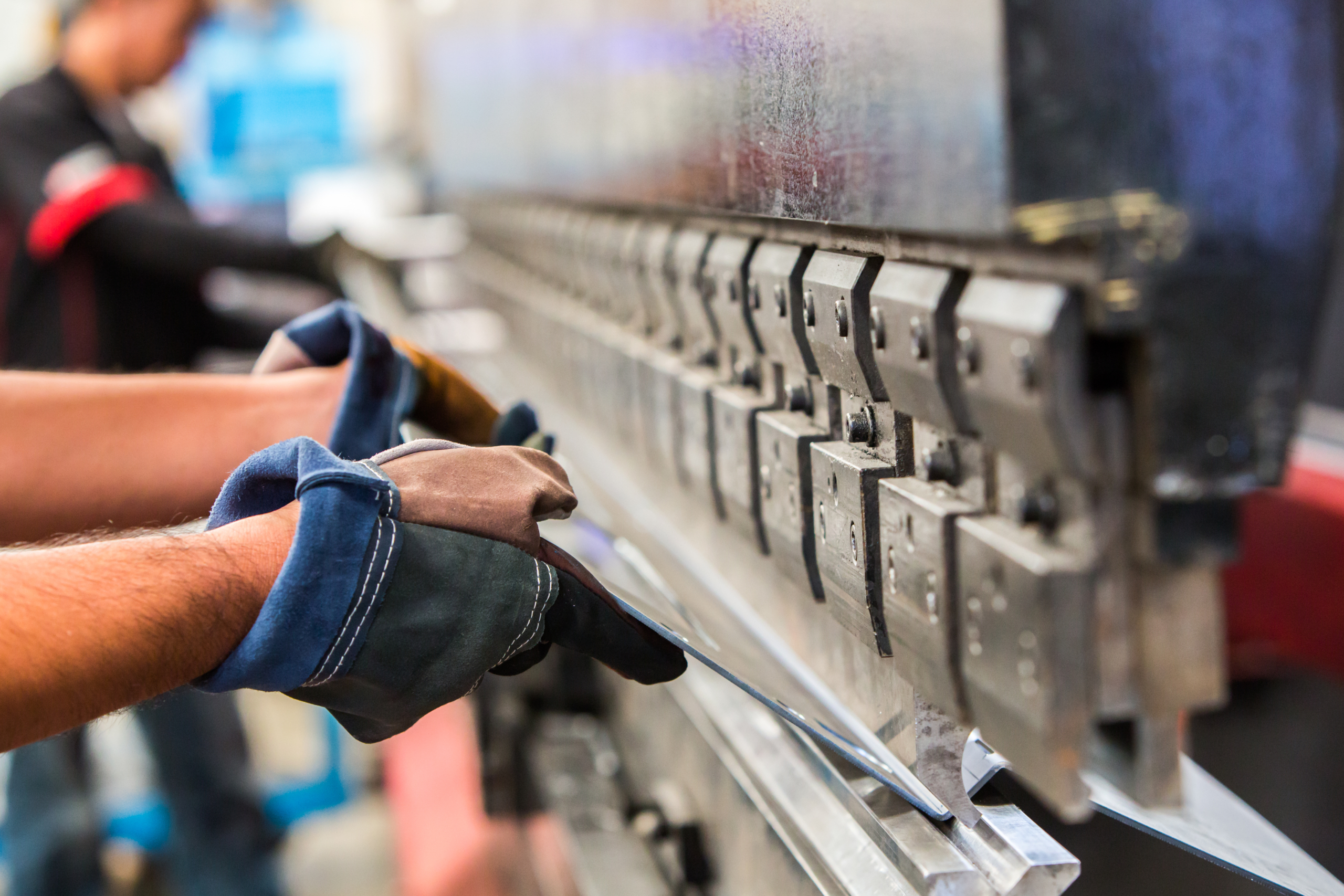
Understanding the Sheet Metal Fabrication Process
The process of sheet metal fabrication involves a systematic and precise approach that transforms raw materials into intricate and functional metal components, evoking a sense of awe at the meticulous craftsmanship involved.
It begins with the selection of suitable materials, typically aluminium or steel. The choice of material depends on factors like strength, corrosion resistance, and the specific application of the final product. These materials are then cut into specific sizes using shearing machines or laser cutting technology. This initial step ensures that the dimensions remain accurate throughout the fabrication process.
Once the material is cut to size, it undergoes various forming processes to achieve the desired shape. These include bending, folding, and rolling, which are performed using specialised tools such as press brakes and roll formers. These machines apply controlled force to reshape the metal sheets without causing any damage or deformation.
After forming, additional operations like welding and joining may be necessary to assemble multiple components together. This can involve techniques such as spot welding or riveting, depending on the design requirements. Welded joints ensure structural integrity by securely bonding different sections of the sheet metal.
To enhance functionality and aesthetics, finishing processes such as grinding, polishing, painting, or powder coating may be applied to provide a smooth surface finish while protecting against corrosion.
Sheet metal fabrication requires attention to detail and expertise in working with various machinery and tools. The precision involved in every step ensures that final products meet strict quality standards while exhibiting exceptional durability and functionality. This process is widely used across industries like automotive, aerospace, construction, and electronics, where precise and customised metal components are essential for manufacturing various products.
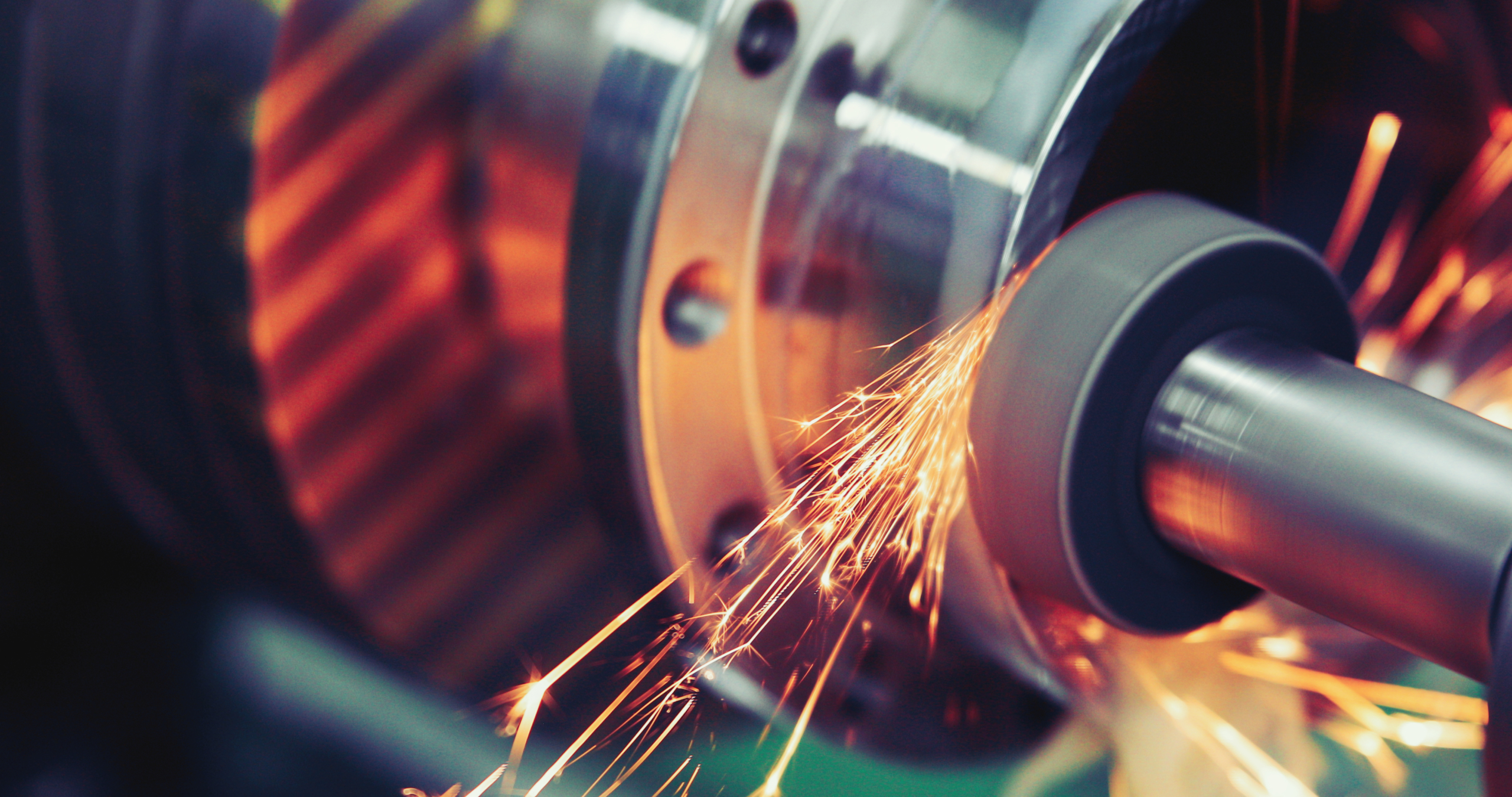
Common Sheet Metal Fabrication Techniques
Common techniques employed in the process of transforming flat metal sheets into intricate shapes and structures include:
Bending
This refers to the process of deforming the metal sheet along a straight axis to create angles or curves
Turret Punching
This is a fast and affordable method used by sheet metal fabricators to make holes in sheet metal. With multiple tooling options in one device, it reduces the need for multiple punch tools, making it a cost-effective solution for manufacturers. Turret punches offer versatility in choosing the appropriate punching tool, enabling quick and easy rotation. Turret punching is ideal for cutting repetitive shapes in a row and provides precise and accurate hole punching.
Folding
Involves bending the sheet at specific points to create 3D shapes such as boxes or enclosure. It's typically used for making boxes and channels.
Punching
Utilises specialised tools, such as punches and dies, to cut holes or shapes in the metal sheet. This is commonly used for creating holes for fasteners or decorative designs.
Drilling
Involves creating holes in the sheet using a rotating drill bit. It's used when precise, round holes are needed in the metal.
Milling
A subtractive manufacturing process that uses rotary cutting tools to remove material from the metal sheet, creating complex shapes or patterns.
Welding
Joins two separate pieces of metal together by melting them and allowing them to cool and solidify. It's used to create strong, permanent connections.
These techniques require precision and skill to ensure accurate dimensions and smooth finishes on the final product. Proper equipment such as press brakes, shears, punches, drills, mills, and welders are utilised throughout these processes.
Additionally, safety precautions must be followed due to potential hazards associated with working with metals like sharp edges, flying debris, and exposure to welding fumes and UV radiation.
Understanding these common techniques used in sheet metal fabrication provides insight into how raw materials are manipulated into functional components for various industries such as automotive manufacturing, aerospace engineering, construction projects, and more.
Applications of Sheet Metal Fabrication in Various Industries
The diverse applications of sheet metal fabrication span across industries such as automotive manufacturing, aerospace engineering, and construction projects, where intricate and durable components are essential for the functionality and efficiency of complex systems.
In the automotive industry, sheet metal fabrication is used to produce various components such as car body panels, chassis parts, and engine enclosures. These components require precise shaping, bending, and welding to meet safety standards while providing structural integrity. Precise shaping and finishing are also essential for the visual appeal of a car.
In aerospace engineering, sheet metal fabrication plays a crucial role in producing aircraft structures like wings, fuselages, and tail sections. The high strength to weight ratio of sheet metal makes it ideal for these applications as it allows for fuel efficiency without compromising on strength or durability. Additionally, the use of advanced techniques such as laser cutting and CNC machining ensures accuracy in the production process. This industry also relies heavily on specialised welding techniques like TIG (Tungsten Inert Gas) welding for critical joints, which contribute to the overall safety and integrity of aircraft.
Sheet metal fabrication also finds extensive use in construction projects. It is employed to create architectural features like facades, cladding systems, roofing materials, structural components like beams and columns, and decorative elements. The versatility of sheet metal allows architects to achieve unique designs while ensuring long-term performance against weathering and corrosion. Sheet metal used in construction often receives protective coatings to enhance its resistance to weathering and corrosion.
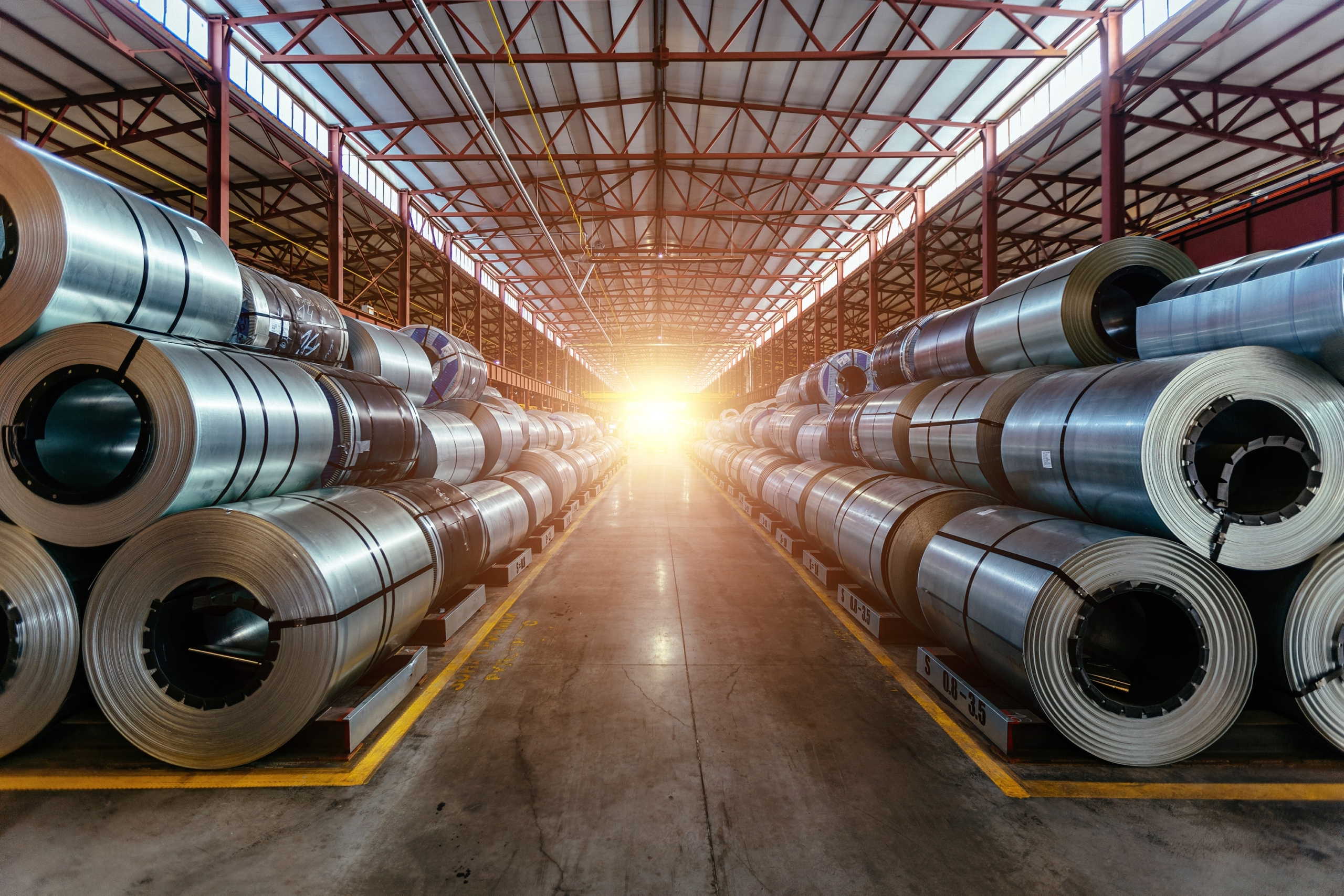
Choosing the Right Materials for Sheet Metal Fabrication
Sheet metal fabrication finds its application in various industries due to its versatility and ability to provide cost-effective solutions. In the previous subtopic, we explored the extensive use of sheet metal fabrication in different sectors such as automotive, aerospace, construction, and electronics. Now, let us delve into the crucial aspect of choosing the right materials for sheet metal fabrication.
The selection of appropriate materials plays a pivotal role in ensuring the success and performance of fabricated products. Various factors must be considered while choosing materials for sheet metal fabrication. Firstly, it is essential to assess the mechanical properties required for a particular application, including strength, ductility, hardness, and corrosion resistance. Additionally, factors like formability and weldability should also be evaluated to ensure ease of processing during fabrication.
Different metals and alloys offer distinct advantages based on these considerations. For instance, carbon steel provides excellent strength and affordability but may lack corrosion resistance compared to stainless steel or aluminium alloys. On the other hand, aluminium alloys offer lightweight characteristics combined with good formability.
Moreover, material thickness is another critical factor that affects the manufacturing process. Thin sheets are suitable for intricate designs requiring high precision but may lack structural integrity compared to thicker sheets.
By carefully analysing these aspects and working closely with material suppliers or experts in sheet metal fabrication processes, manufacturers can select the most suitable materials that align with their specific requirements while achieving optimal performance and durability in their fabricated products.
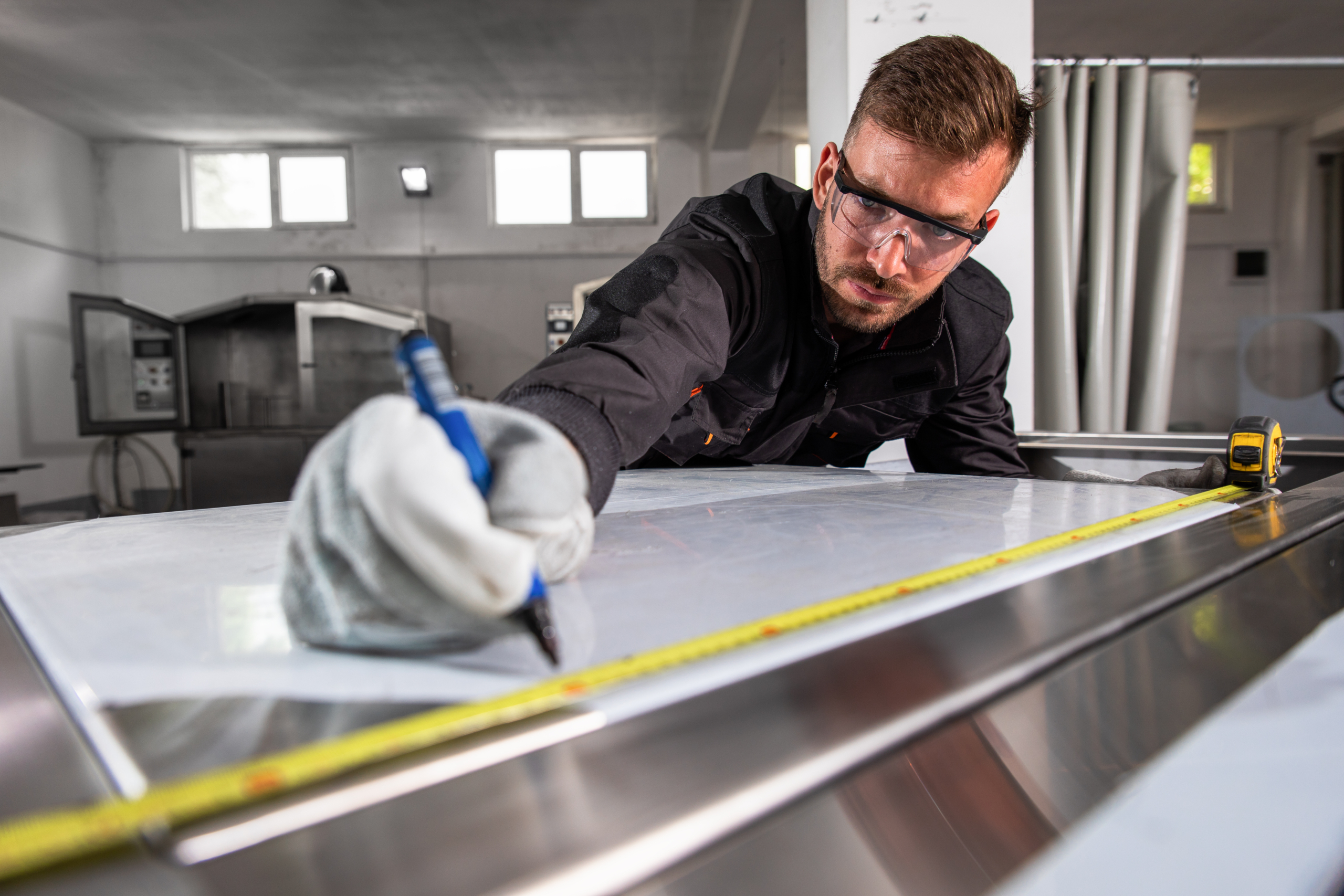
Tools and Equipment Needed for Sheet Metal Fabrication
To successfully execute the process of sheet metal fabrication, acquiring the necessary tools and equipment is essential. These tools enable precise shaping, cutting, and joining of sheet metal to create various products.
The first tool needed is a bench shear, which can cut through different thicknesses of sheet metal with accuracy and speed. Bench shears are used for straight cuts in sheet metal, and different types of shears may be needed for different thicknesses and materials of sheet metal.
Another crucial tool is the power press brake, used for bending and folding sheet metal into desired shapes. It provides precise control over angles and lengths of bends, ensuring consistency in fabricated parts. There are different types of press brakes, such as hydraulic and mechanical, each with its own advantages.
Other important tools include the slip roll machine for rolling cylindrical shapes from flat sheets, making them useful for tasks like creating pipes or tubes, as well as a punch press for creating holes or shapes in the metal.
Welding machines are also indispensable for bonding pieces together securely. There are various welding processes used in sheet metal fabrication, including MIG (Metal Inert Gas), TIG (Tungsten Inert Gas), and spot welding.
For accurate measurements and marking, callipers, rulers, and squares are utilised.
Safety equipment must not be overlooked in this process. Protective gear such as gloves, safety glasses, ear protection, and welding helmets are vital to ensure worker safety while operating these powerful tools.
By having access to these specialised tools and equipment specifically designed for sheet metal fabrication purposes, individuals can effectively shape raw materials into finished products with precision and efficiency.

Quality Control and Inspection in Sheet Metal Fabrication
Quality control and inspection play a crucial role in ensuring the precision and accuracy of fabricated products in the field of sheet metal engineering. These processes are essential to maintain the desired quality standards and meet customer requirements.
During sheet metal fabrication, quality control begins with material inspection. Raw materials should be carefully examined for any defects or inconsistencies that could affect the final product's performance. This includes checking for surface imperfections, dimensional accuracy, and material composition.
Once fabrication begins, regular inspections are conducted at various stages to identify any potential issues early on. This may involve dimensional checks using precision measuring tools such as callipers or micrometres to ensure accurate sizing and alignment. Visual inspections are also performed to detect any visual defects like scratches, dents, or deformations.
Furthermore, quality control measures extend beyond physical inspections. Tests can be conducted to assess the mechanical properties of the fabricated components, such as strength, hardness, or corrosion resistance. In addition, non-destructive testing techniques like ultrasonic testing or X-ray examination can be employed to identify internal flaws that may not be visible externally. This is crucial for ensuring the integrity of the finished product.
By implementing stringent quality control and inspection procedures throughout the sheet metal fabrication process, manufacturers can deliver products that conform to specifications and meet high-quality standards. This helps ensure customer satisfaction while maintaining safety and reliability in various applications of sheet metal engineering. It also reduces the likelihood of costly rework or product failures, saving time and resources in the long run.
Looking For More Information?
Advantages of Sheet Metal Fabrication in Manufacturing
One of the notable advantages of utilising sheet metal engineering in manufacturing is the ability to create complex and intricate designs with precision and accuracy. Sheet metal fabrication offers numerous benefits that make it a preferred choice for various industries.
Firstly, sheet metal can be easily manipulated into different shapes and forms, allowing manufacturers to create products with intricate geometries and precise dimensions. This flexibility in design enables the production of customised components tailored to specific requirements.
Additionally, sheet metal fabrication provides an excellent strength-to-weight ratio, making it ideal for applications where lightweight yet durable materials are needed. The use of thin sheets also reduces material waste during the manufacturing process, resulting in cost savings.
Another advantage is the inherent properties of sheet metal materials. They possess high resistance to heat, corrosion, and impact, ensuring longevity and reliability of fabricated products. Furthermore, sheet metal can be easily joined through welding or fastening techniques, enabling efficient assembly processes.
Sheet metal fabrication is well-suited for automation, which enhances productivity by reducing lead times and increasing output volumes. Automated machinery can perform tasks such as cutting, bending, and welding with precision and efficiency.
Looking For Bespoke Steel Fabrication?
Elevate your project with our tailor-made steel solutions, meticulously crafted to meet your unique needs and vision. At Finish Architectural, we specialise in transforming steel into extraordinary custom creations, ensuring precision, quality, and innovation in every piece. Contact us by filling in the contact form below and one of our team members will contact you without delay.
Need more information?
To see how Finish Architectural could support your next project - simply call us, or use the form below.